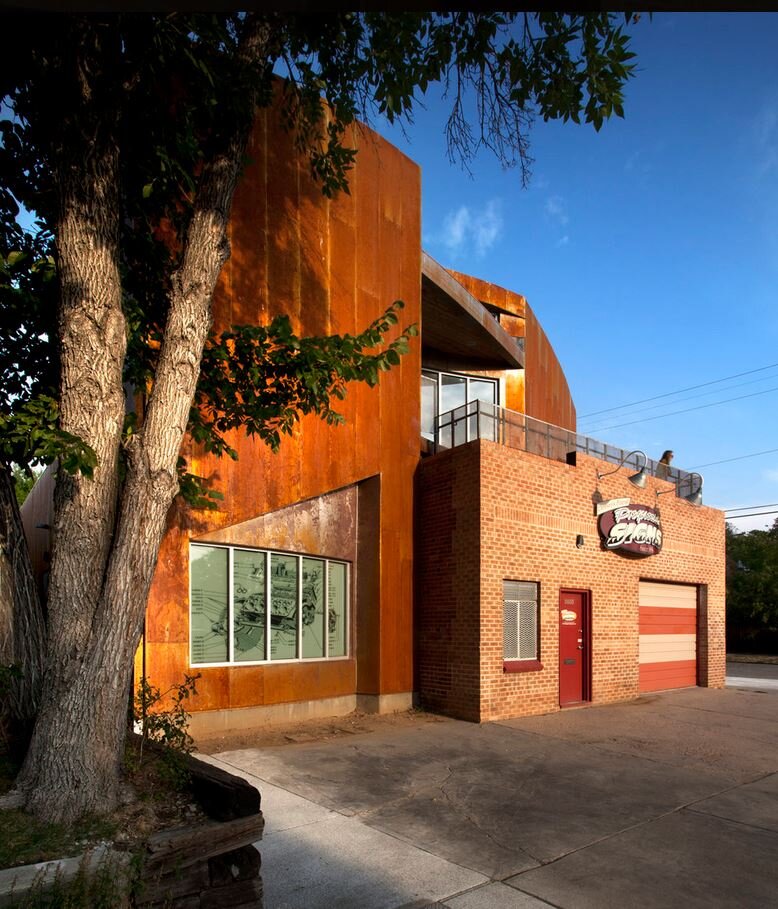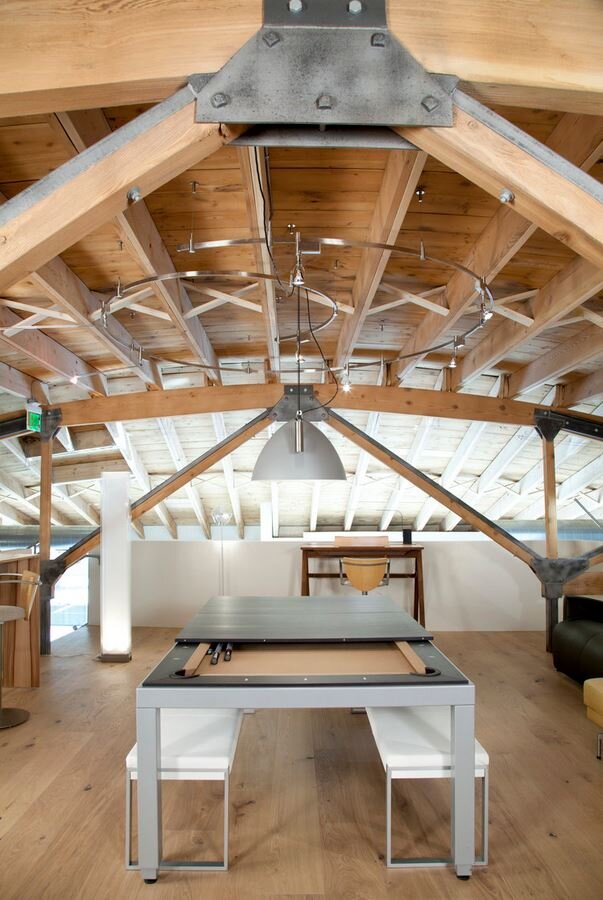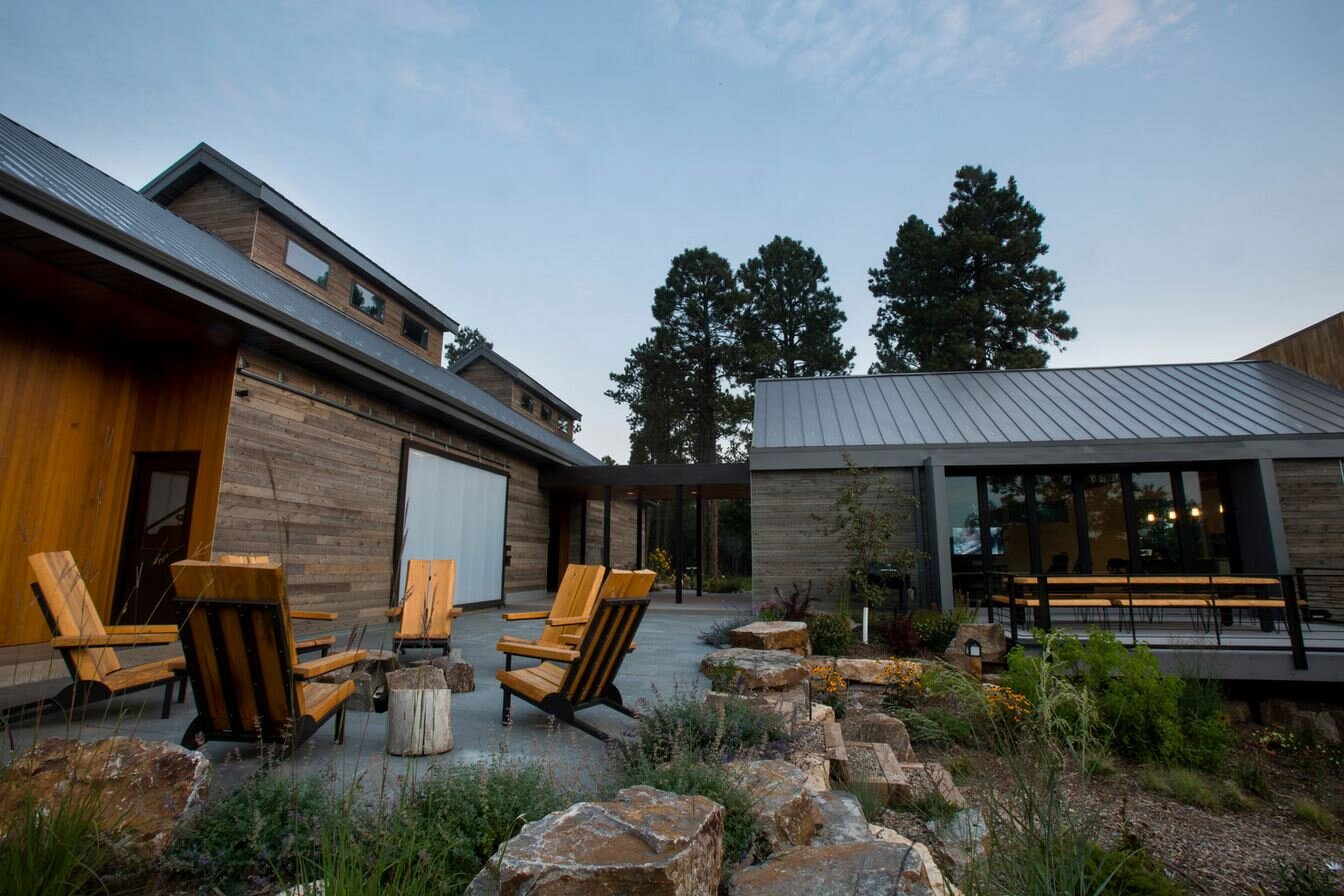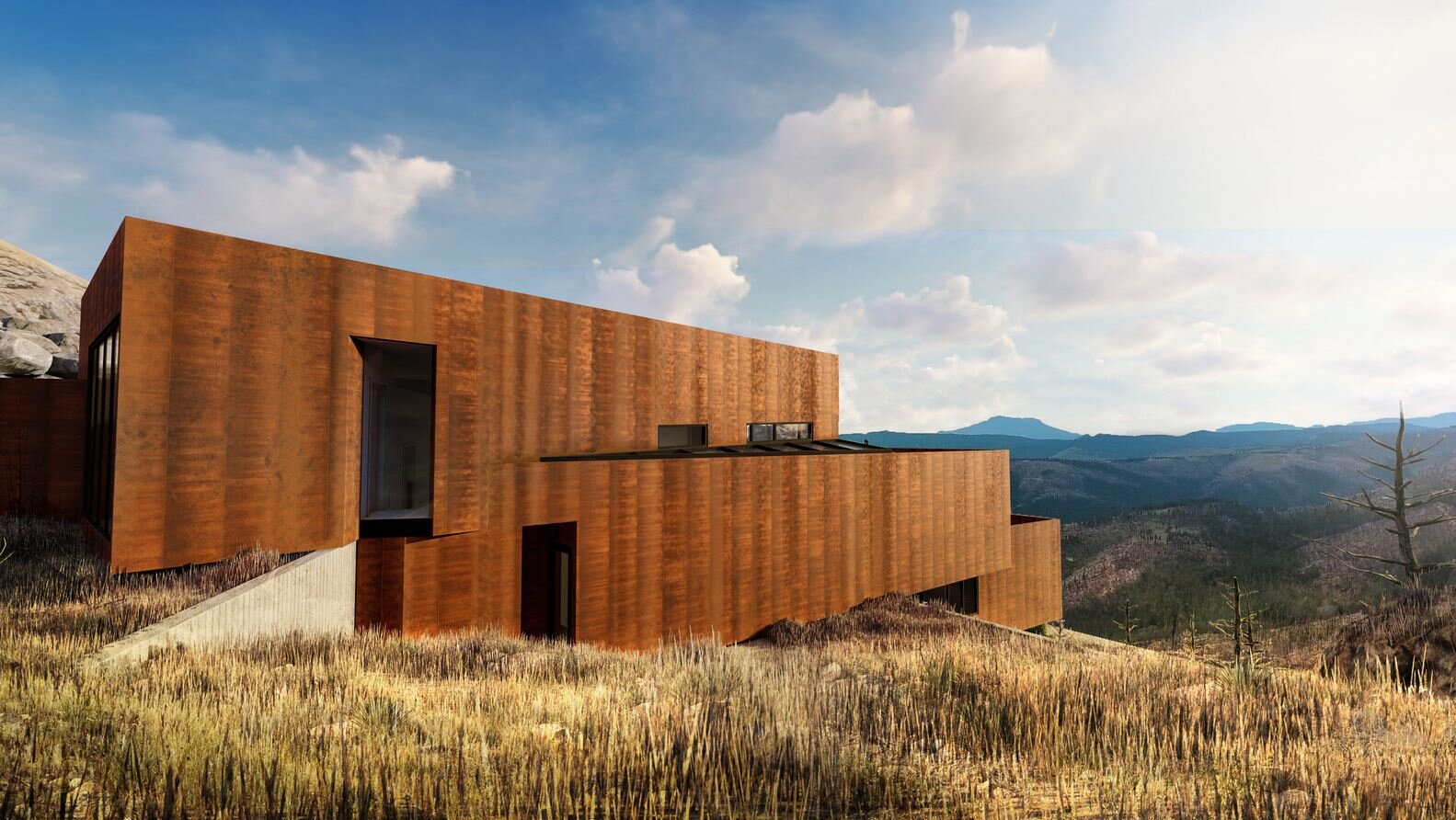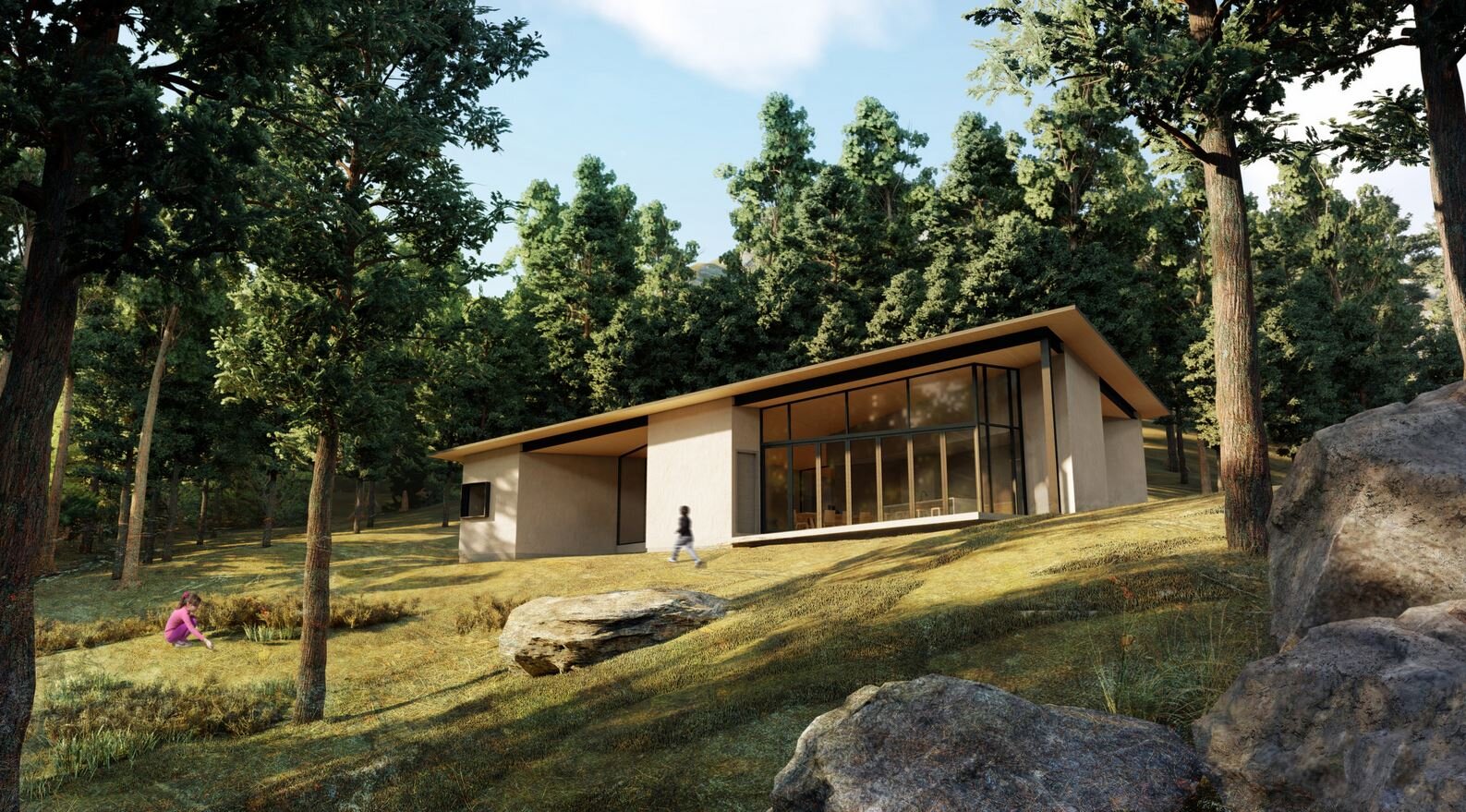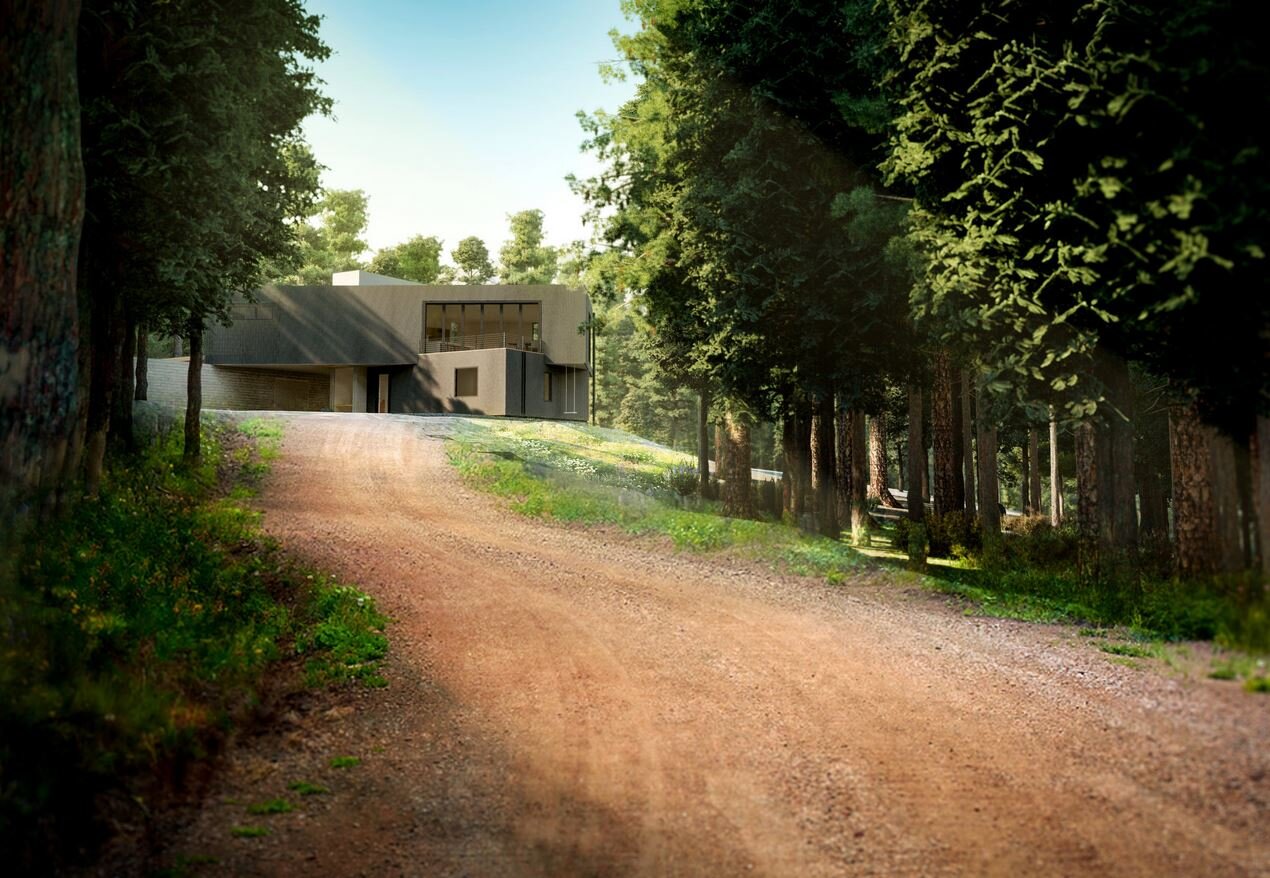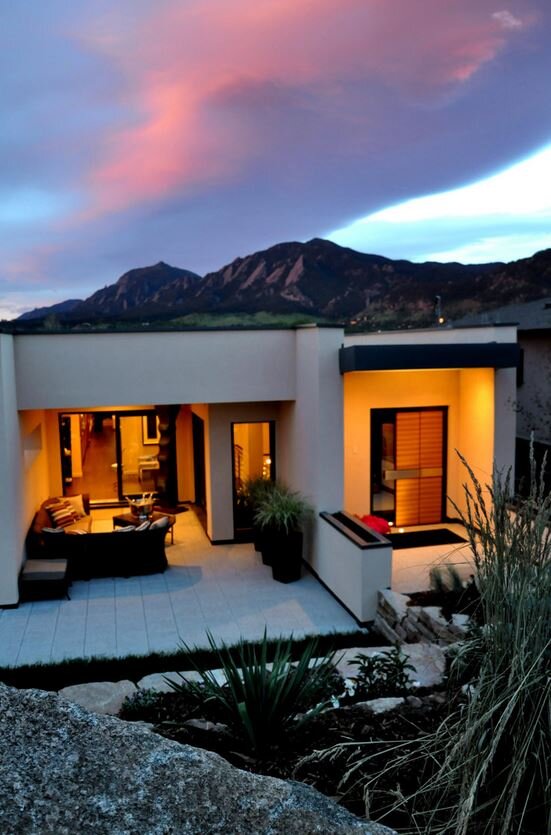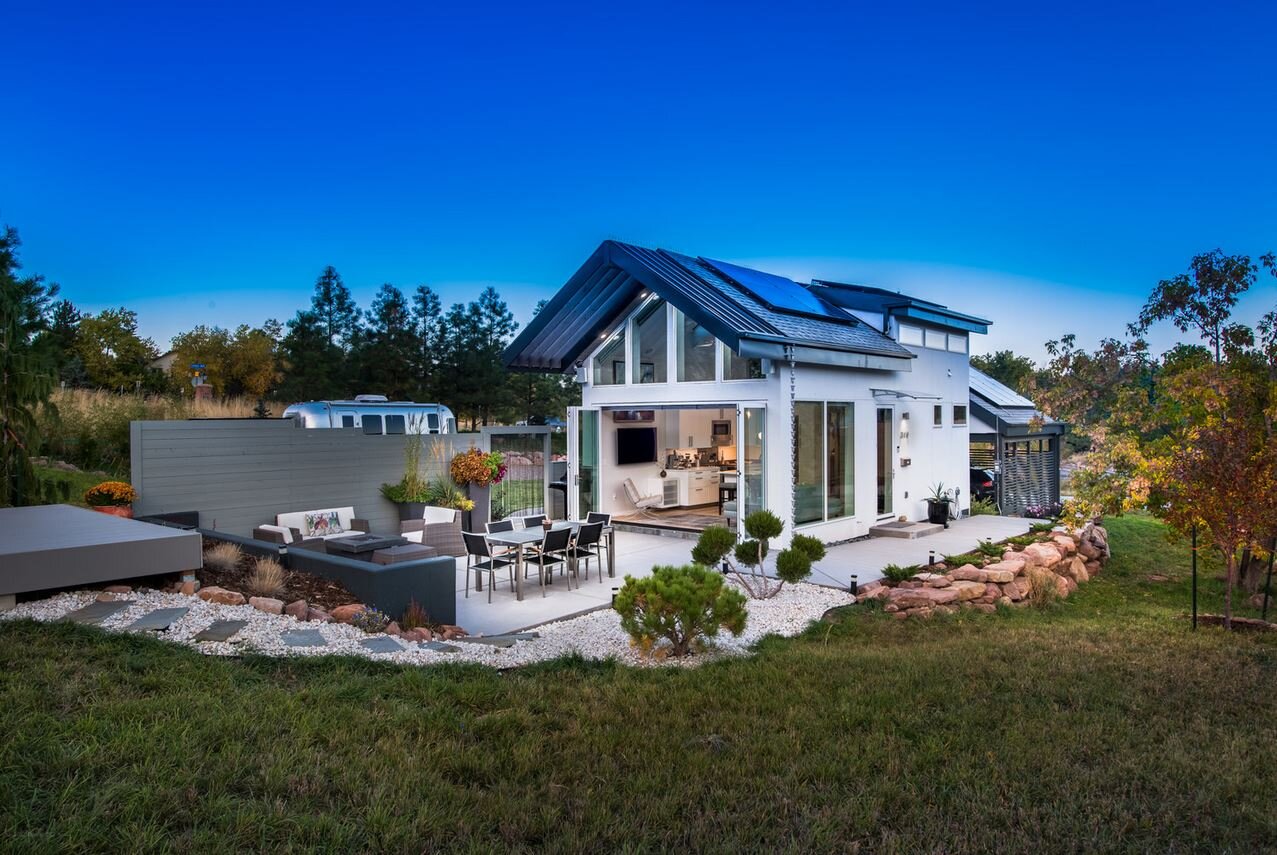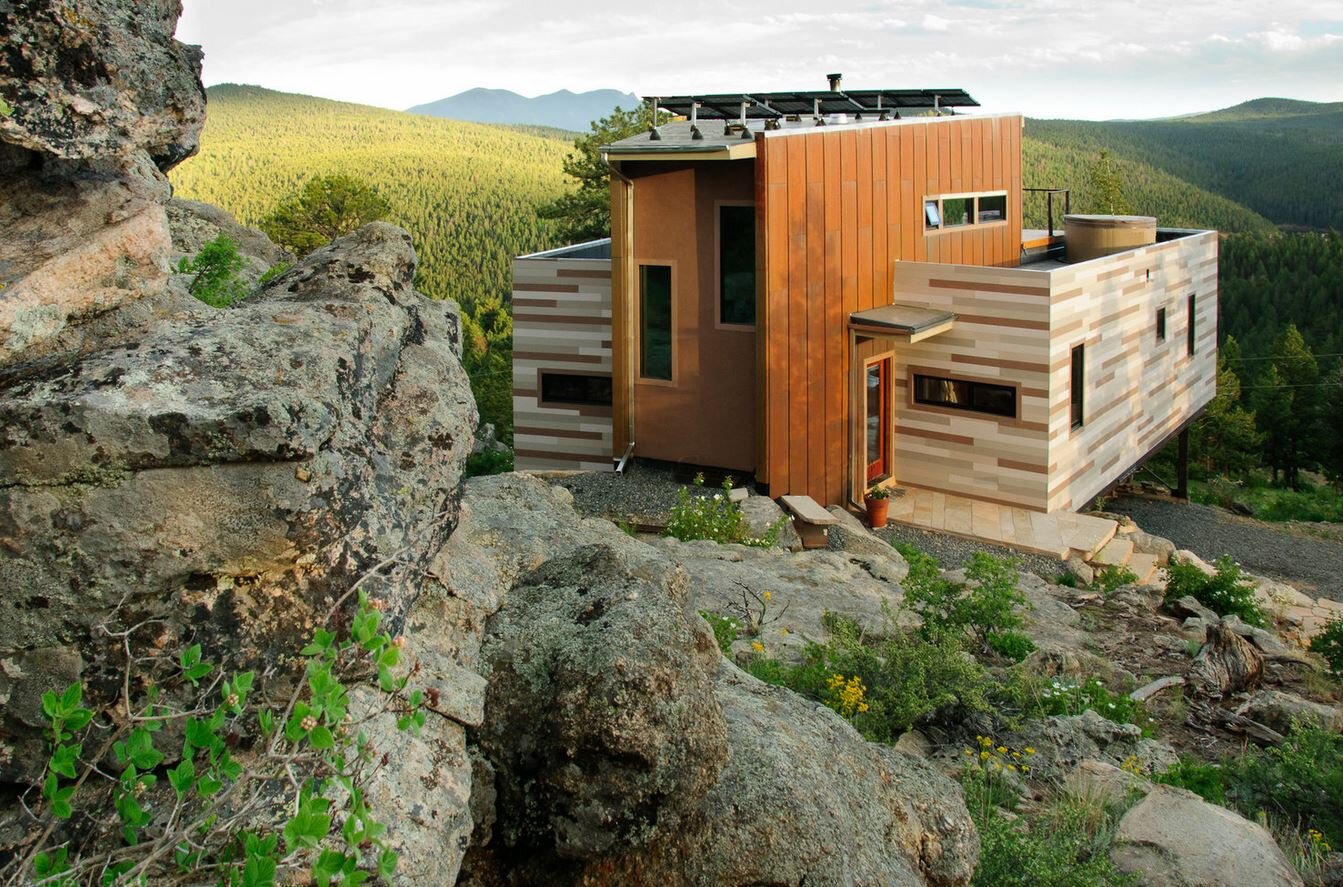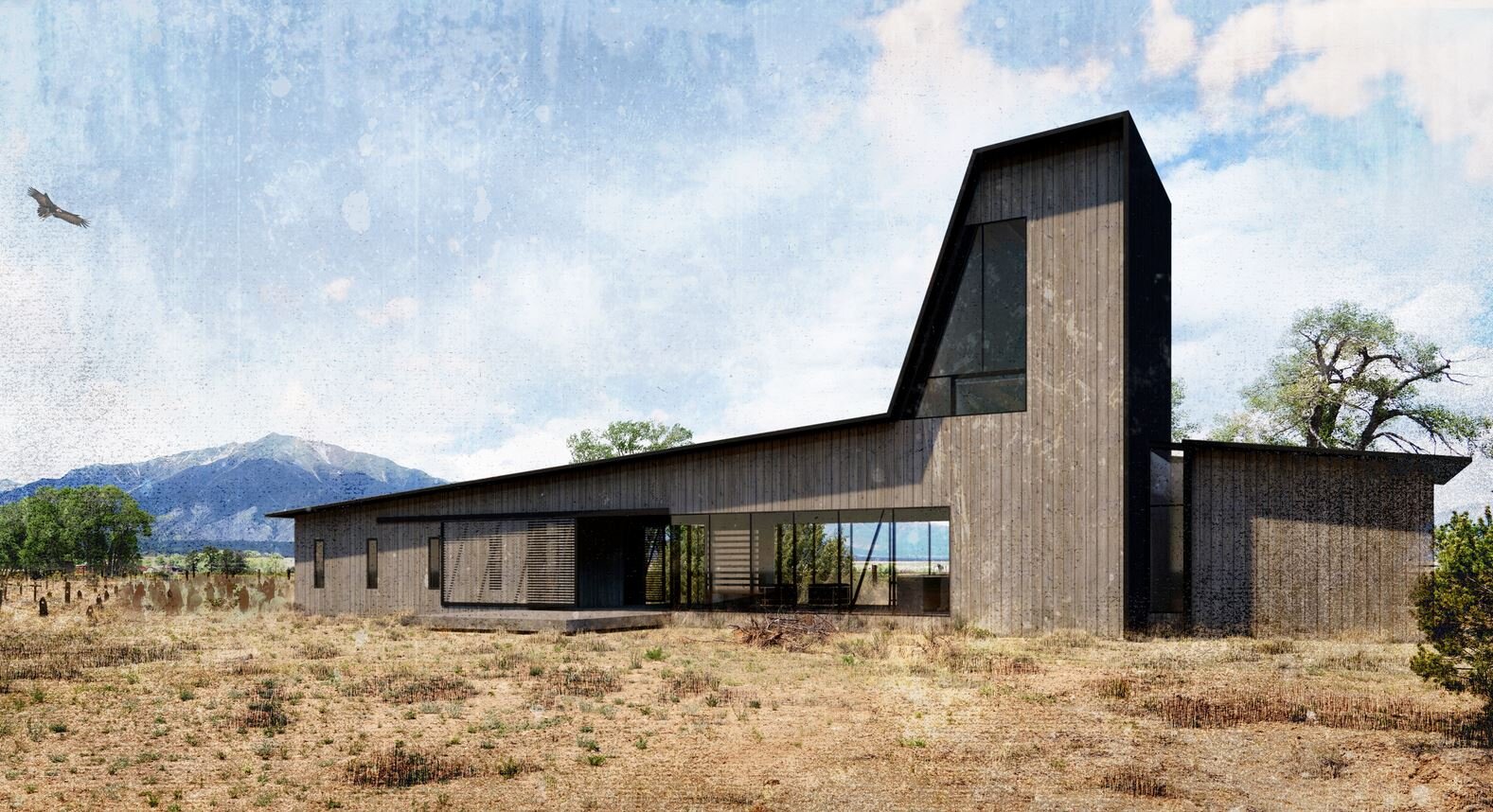SOCIAL DISTANCING
Think about the human relationship with the built environment. These relationships evolve across generations but can abruptly change course. Since the rise of specialization during the industrial revolution, we have created two distinct realms of the built environment - the public (where we work) and the private (where we live). The intertwining and separation of these functions has ebbed and flowed over time. Separation came in the sub-urban sprawl catalyzed by the automobile in the 1950s followed by a return to cities and a rebirth of density in the 1990s.
As COVID-19 instantaneously changed the way we live, physical gathering & community could become a thing of the past. We are suddenly experiencing the physical distance enabled by the digital world. In the past month we have seen an unprecedented response to the pandemic, and our apparent salvation is social distancing. These long-standing concepts of gathering to work in one place and retreating to live in another place have vanished almost immediately. This has us questioning - what is the new relationship between live & work?
Architectural design in recent years has promoted the future as density. The discussion has always revolved around cities as the primary solution to our growing population and its impact on the natural environment. This new culture of cautious proximity has us evaluating the live/work relationship within both urban and rural settings. We find ourselves reflecting on degrees of sustainability (self-sufficiency) related to the city center.
The following projects reflect concepts of live/work, retreat & sustainability. We hope they evolve the conversation about the future human relationship with the built environment.
URBAN LIVE / WORK
While the idea of live / work has been around for quite some time, its popularity is constantly fluctuating. For urban conditions, these projects explore the old main street idea of ‘living above your business’. This allows for families to be closer together by lessening the commute times ubiquitous with commuting to the office.
RETREATS
For those of us who are flexible enough to work anywhere, these retreats offer the best of connectivity within the heart of nature. Remote by nature, these projects range from small pods to multi-structure homesteads. Proximity to local amenities and necessities needs to be considered when planning how much proximity is a good balance.
SELF-SUFFICIENCY
With both urban and rural live / work projects, the question of self-sufficiency is always in play. Locations closer to the city allow for easier connection to public utilities, while rural locations can require off-grid resources. Both sides of this spectrum have pros and cons including degrees of dependency on others. Infrastructure costs are always a consideration when evaluating a project’s goals. The examples to the right explore a few of our off-grid / near-net-zero projects in the location spectrum of cities / towns / retreats.



